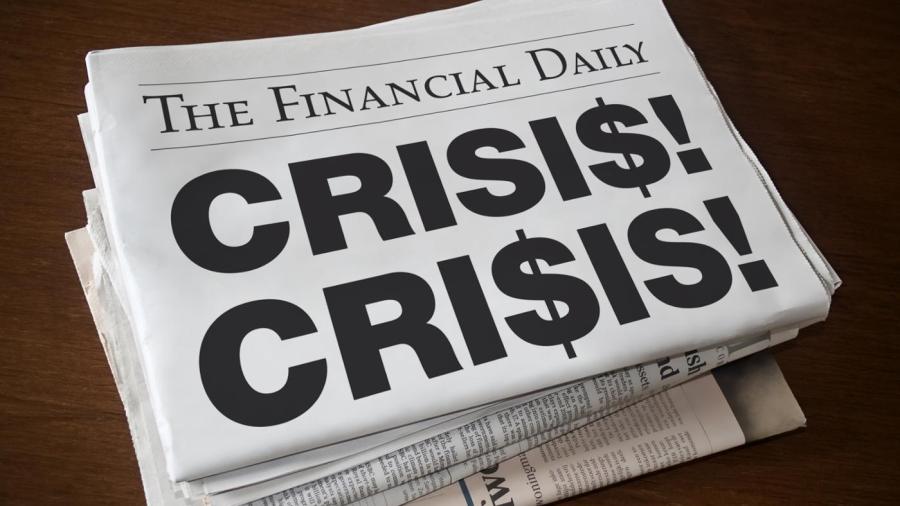What Is Economic Instability?

Economic instability refers to a community or nation experiencing financial struggles due to inflation, consumer confidence issues, unemployment rates, and rising prices. Economic instability affects businesses’ ability to thrive, the cost of living, and the physical, emotional and financial well-being of consumers and families.
When the economy experiences periods of high inflation, economic instability exists. The value of money decreases and prices increase, causing hesitation among consumers and investors. As a result, consumer confidence plummets and fewer consumers purchase goods, while businesses run the risk of losing money. Consumer confidence in banking systems that run the risk of running out of credit is also low during times of economic instability.
High unemployment rates can also lead to economic instability. Without sufficient income due to a loss of wages, consumers are less able to put money back into the economy, and more citizens begin to seek public or government assistance to financially survive. When economic instability runs rampant, many people choose low-risk options for purchases, investments and even family decisions. For example, individuals may have to evaluate the good of the entire family when choosing between a low-paying job with health insurance and a higher-paying job without benefits during economic instability.





